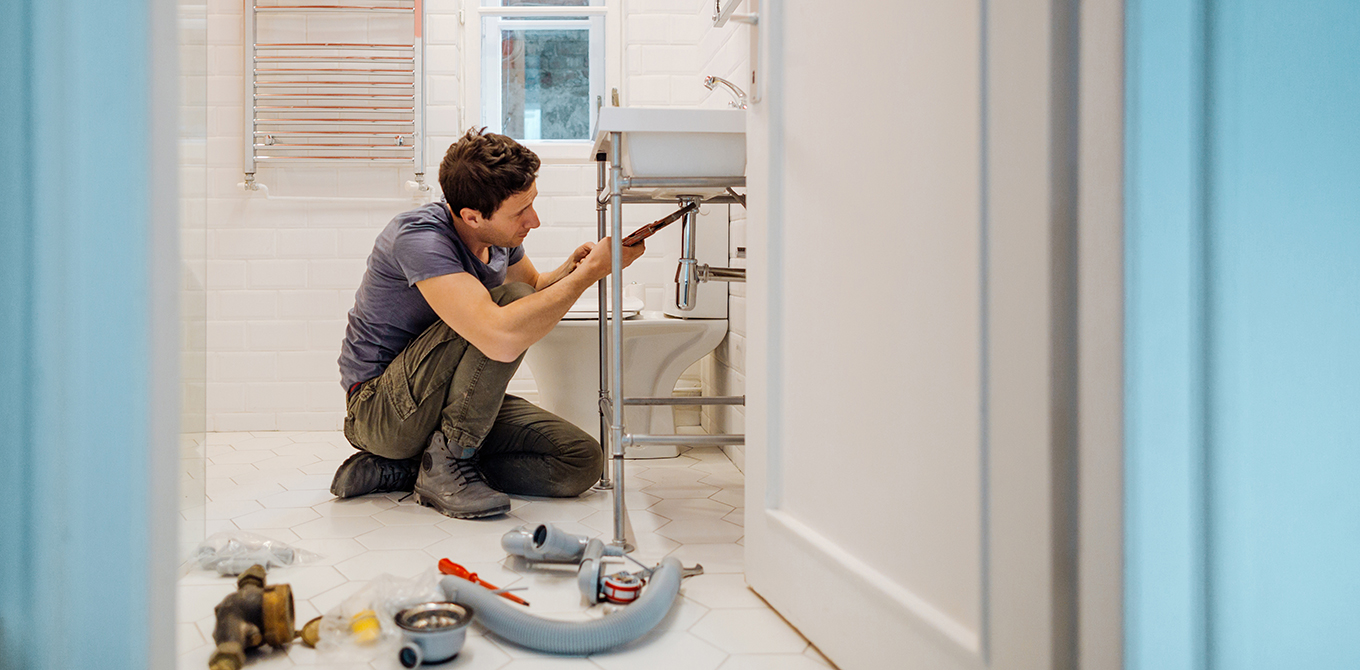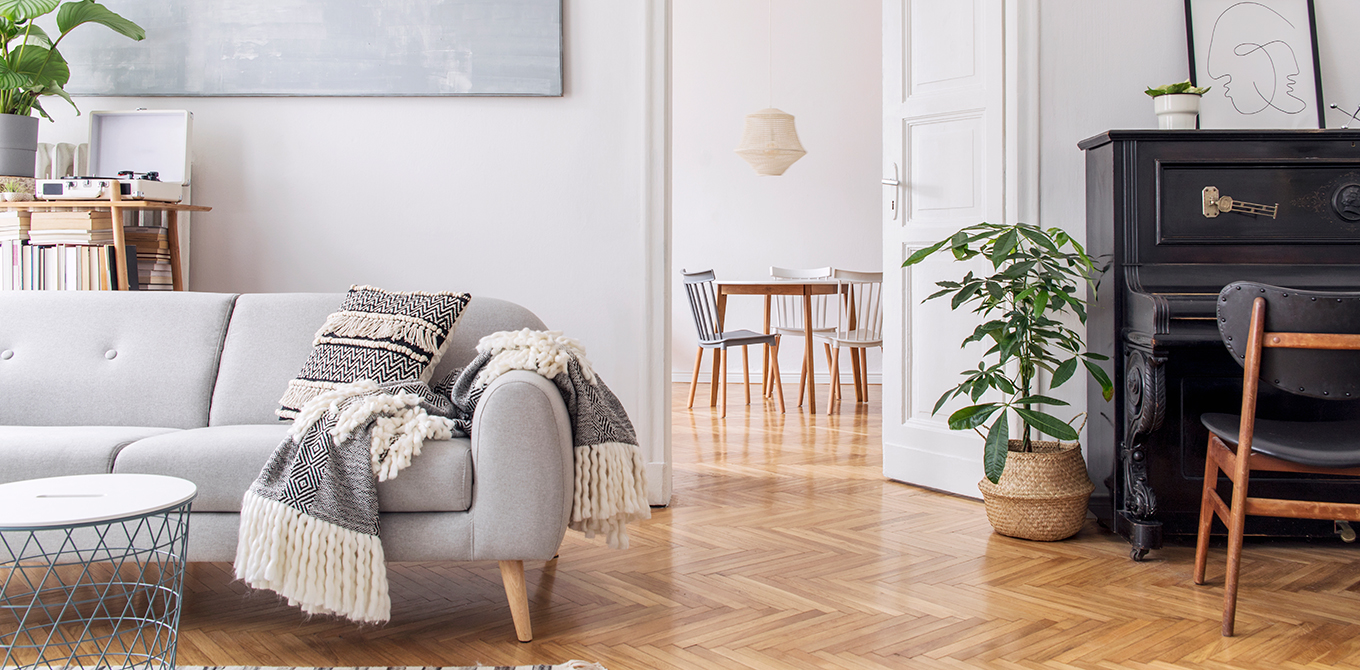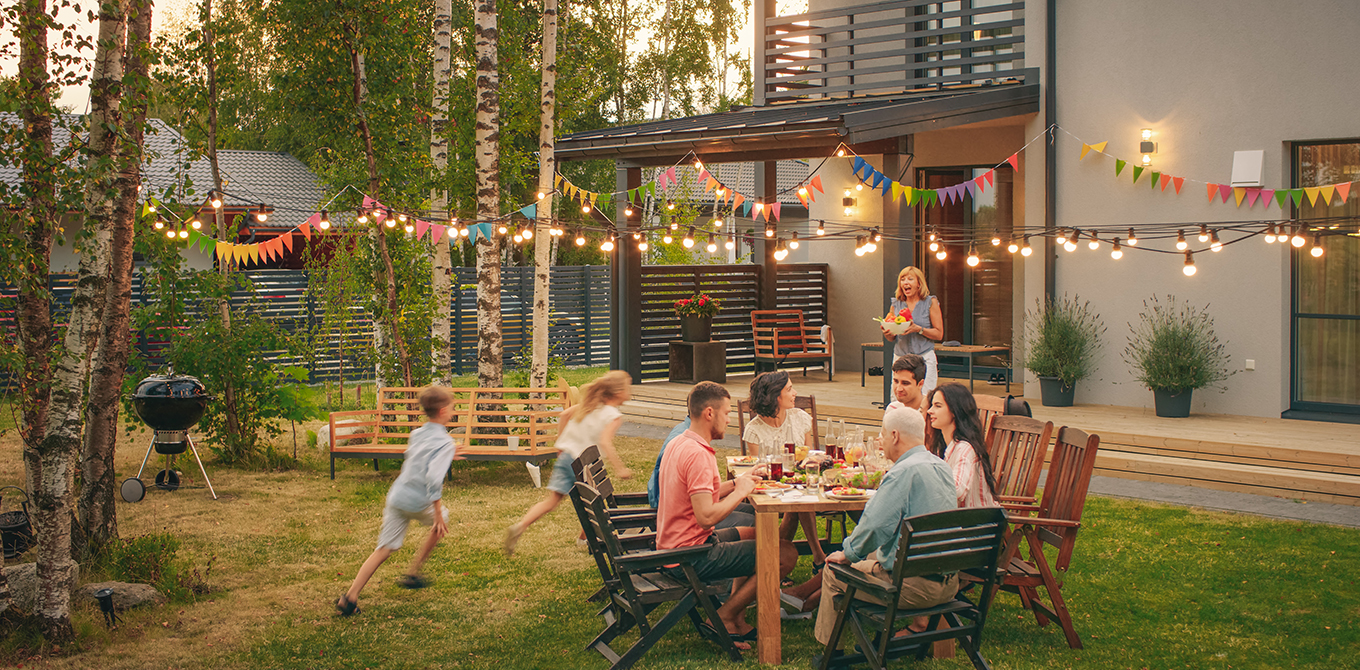How to Buy a House (While Selling Your Current One)
Buying a new home can be equal parts exciting and nerve-wracking—especially if you need to sell your current house.
If that's your situation, you'll need to think strategically. You may end up with two mortgages (or no mortgages at all) for a period of time. You’ll also need to consider the needs and wishes of the other buyers and sellers involved.
It can feel overwhelming, but you can make this scenario work for you. To start, take a deep breath. Now, here are your options for buying a house while selling your current one.
Option 1: Sell first, then buy.
It often makes sense to sell your current home before buying your next home. Most homeowners need the equity from their current home to make a down payment on their next home. You may also want to avoid paying for two mortgages at once.
But this option presents some challenges. If you sell your home before you close on your next house, you’ll need to find somewhere to live in between. Here are a few ways to handle selling before you buy.
Negotiate the closing date.
You found a buyer for your current home—whew! But what if the buyer requests a closing date that doesn’t leave time for you to move into your new home? Try to negotiate for a later date. You may even be able to negotiate both closings on your current house and your next house to occur on the same day for a seamless transition.
Set up a rent-back agreement.
With a rent-back agreement, you negotiate to stay in your home for a specified amount of time (usually no more than two to three months). In return, you either pay rent to the buyers or agree on a lower selling price. This helps you avoid an additional move before you settle into your next home.
Stay with family or friends.
If the buyer needs to move in immediately or isn’t receptive to a rent-back agreement, you could stay with friends or family. This option may help you avoid a headache and save money in a hot real estate market with limited inventory.
Pay for temporary housing.
A short-term rental is another option to bridge the gap between homes. Staying in an apartment, condo, extended-stay hotel, or vacation rental can be costly. But the expense may be worth the peace of mind of selling your current home before buying the next one.
Use portable storage containers.
If you aren’t moving directly into your next house, consider using portable storage containers while you’re in limbo. These rentable containers are delivered to you and can be stored offsite for however long you need; then, they're moved to your new home when you’re ready to unpack.
Option 2. Buy first, then sell
Selling your current home before closing on your next one isn’t always feasible. Maybe you need to relocate for a new job, or you want to act fast on your dream home before it gets away. In a competitive market, sometimes you need to move quickly just to come out ahead of other offers.
This could require paying two mortgages, but that’s not always the case. Here are some strategies to consider when you buy first, then sell.
Negotiate contract contingency.
When you put in an offer on a new house, you can request a deal that’s contingent on the sale of your current home. In a competitive market with lots of motivated buyers, many sellers might not accept this contingency. But if a seller doesn’t have many interested buyers, they may be more open to it.
A contingent offer typically includes an important caveat: If another buyer makes an offer on the house, you get the right of first refusal. This gives you 24 hours to remove the contingency and move forward with the home purchase or walk away from the sale altogether. If you let the house go, you may be able to retain your earnest money.
Take out a second mortgage.
If you have the means, you could simply pay two mortgages at once. But even if you can make this work in your budget, you still need to be able to qualify for two mortgages.
Lenders look at your debt-to-income ratio when deciding whether you qualify for a second mortgage. If your new mortgage tips your debt-to-income ratio too high, you may not qualify for your next mortgage until you sell your first home. Paying two mortgages may also be more expensive as interest rates have spiked in response to inflation.
Rent your current home.
If you're not able to sell your old home quickly, you could rent it out to help cover the costs. Don’t forget to factor in the extra work involved if you go this route—you will need to find tenants and serve as a landlord. This option also won’t let you tap into your home’s equity.
Take out a bridge loan.
If you depend on the equity from your home to cover the down payment on your new house, a bridge loan can help. Many financial institutions offer this type of loan, which lets you borrow money for a down payment while you wait on the sale of your home. Keep in mind that these loans may have steep interest rates and fees. You will also need to keep paying the mortgage on your current home until it sells.
Tap into savings.
In a competitive market, you may be able to justify tapping an emergency fund or other savings while you wait to sell your current house. Consult with a financial professional before withdrawing from retirement or other investment accounts; you may face penalties for early withdrawals. Remember to replace funds you withdraw as soon as you sell your house.
Buying and selling at the same time can be challenging, but you have many options to find the right strategy for you. Lean on the expertise of your mortgage lender and real estate agent to find the best solution for you and your family.




